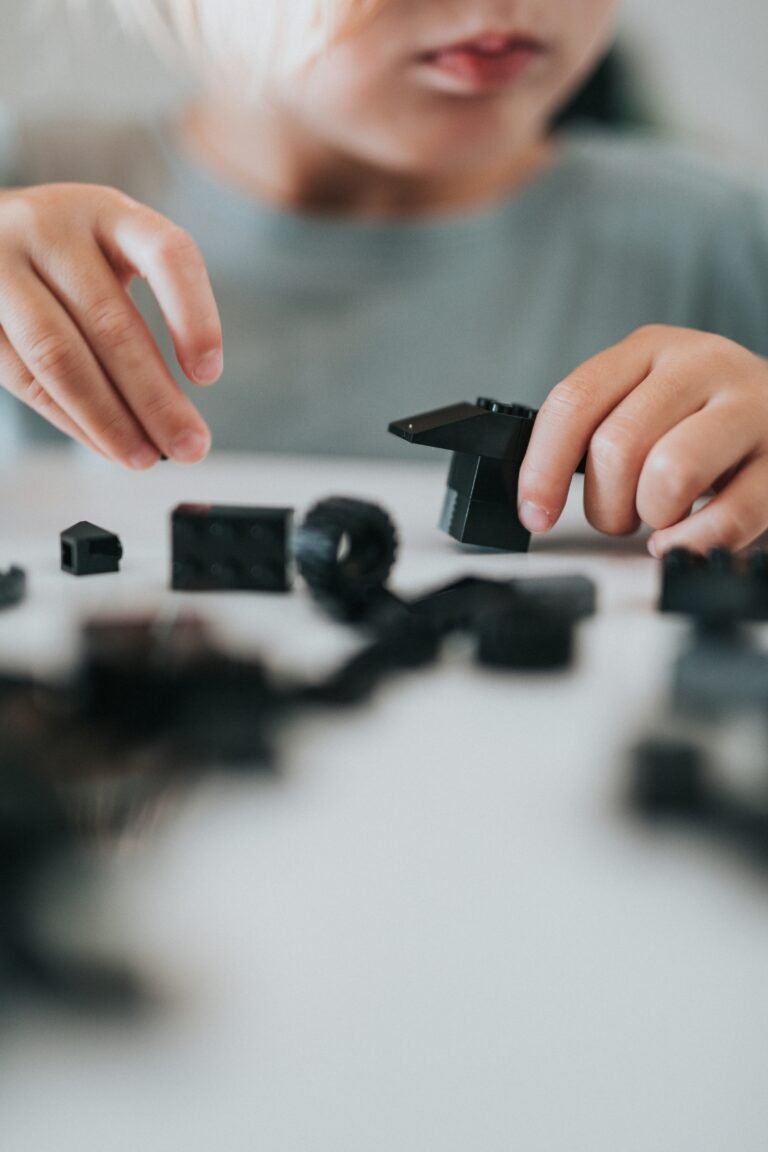Simple, meaningful strategies to help your child thrive every day
While therapy sessions provide structured support, the real magic often happens at home where children feel most comfortable and where daily routines become learning opportunities.
Here are some practical, therapist-recommended tips to help you support your child’s development, communication, and confidence at home.
Create a Predictable Routine
Children with autism or developmental differences often feel more secure when they know what to expect.
- Use a visual schedule with pictures or icons
- Keep meal times, bedtime, and play times consistent
- Prepare your child for transitions or changes in advance
Consistency builds trust and reduces anxiety.
Use Clear and Simple Language
Short, direct instructions help your child understand better.
- Use 1–2 step directions: “Put on shoes” instead of “Go get ready to leave.”
- Pair words with gestures or visuals
- Be patient — allow extra time for your child to respond
Simple language doesn’t mean less intelligent it means more accessible.
Celebrate Small Wins
Progress doesn’t always come in big leaps. Celebrate the small steps.
- Did they make eye contact? Try a new food? Use a new word?
- Offer positive reinforcement: “Great job asking for help!”
- Use praise, high fives, or a favorite activity as a reward
Confidence grows when children feel successful.
Make Learning Part of Play
Children learn best through play especially when it feels fun and natural.
- Narrate play: “You’re driving the red car!”
- Practice turn-taking with games
- Sing songs, read books, build with blocks talk as you go
Every moment of play is an opportunity for connection and growth.
Use Visual Supports
Visuals help children understand routines, choices, and expectations.
- Try picture schedules, choice boards, emotion charts
- Label objects around the house
- Use timers for transitions (“When the timer beeps, we clean up”)
Visual tools reduce frustration and build independence.
Support Emotional Regulation
Help your child name and manage their feelings.
- Model calm behavior when they’re upset
- Teach simple strategies: deep breathing, squeezing a pillow, using “I feel…” phrases
- Create a calming space at home with sensory-friendly tools
Regulation is a skill , it takes time, practice, and support.
Stay Connected with Your Therapy Team
Therapists are your partners, don’t hesitate to ask questions or request ideas for home.
- Share what’s working (and what’s not)
- Ask for home activities or visuals that reinforce therapy goals
- Attend parent coaching or workshops if available
When parents and therapists work as a team, progress multiplies.
Final Thought
There’s no perfect way to support your child just consistent love, patience, and small daily efforts that make a big difference over time.
You are your child’s greatest teacher, advocate, and guide. And even on the hardest days, your presence is the most powerful therapy of all.



